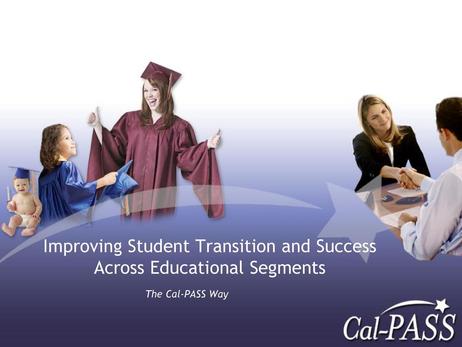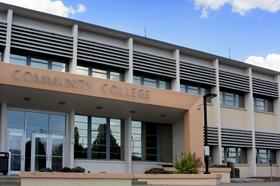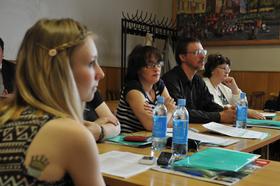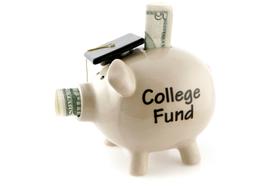While students enrolled in community colleges across the country in record numbers, these same campuses are simultaneously facing drastically reduced budgets. Because community colleges receive a large portion of their funds from the state, community colleges in states that are experiencing budget crises are hard hit financially. From California to Maryland, two-year institutions are skating on thin ice financially, and the students are feeling the toll of their states’ budget crises.
This video reports on what to expect with budget cuts.
California: Students Paying More as Community Colleges Deal with Overcrowding
In July 2009, California governor Arnold Schwarzenegger cut funding to the state’s community colleges by $812 million, writes Dean Murakami in Perspective, the quarterly publication of the Community College Council of the California Federation of Teachers.
Unfortunately, the situation gets worse. Over $1 billion of the budget for January to June 2010 is being deferred until July 2010, the next fiscal year. Murakami writes that this deferral means that many districts will struggle to pay their employees and meet other institutional costs. Additionally, the Community College Council is concerned that the deferred money may end up being cut in order to balance the 2010-2011 budget.
Students at California’s community colleges are feeling the direct results of this budget crisis. Student fees have increased to $26 per unit, and classes and programs are being cut as community colleges scramble to






















